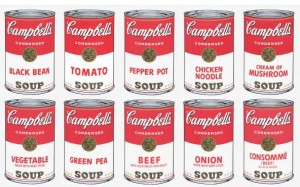Mobi-sodes
The next big thing will be a video webisodes channel for mobile devices. More and more today, you see people on trains and benches staring down at their mobile phones. If they are not typing or moving the cursor they’re watching movies.
Not everyone has time for movies. You might have 20 minutes of alone time on the way to a museum, club or ballgame. You’re LOLed out and don’t want to bother someone with another inane cell phone conversation starting out with “Hey. What are you doing?” The answer? Log on and find some video programming. It will start out as a single curated channel called Mo-Tube or something, containing short length “mobi-sodes” of 16-22 minutes in duration. After a while there will be more channels and programming segments, but it will start with a single new branded channel. Not necessarily serial in nature, these mobi-sodes will be designed to load and stream efficiently and, I’m guessing will be available via subscription. Aol, you feel me?
New Type of Programming.
This will be a new type of programming – not radio, not TV, not movies. Just little chunks of original and mashed-up programming that stimulate the viewer, fill some time and get the brain moving. Mobi-sodes. Coming to a device near you…in three years or less.
PS. I know someone will say the channel exists already, but if a tree falls in a the woods and no one is around….





